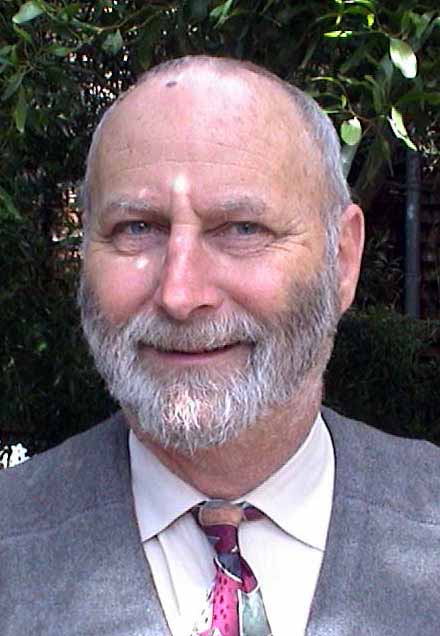Briarpatch History
On this page:
- A History of Histories
- The “Briarpatch Society”
- A Network of Friends in Business
- The Briarpatch Contribution to Society, Culture, and History
(Use your back button to return to this menu.)
A History of Histories
Across time, Briarpatch has had the benefit of multiple points of view about its history and contributions to society. After a controversy over versions of that history arose in 2002, and in alignment with the practice of openness, we put into place this “History of Histories” showcasing all the member-authored histories we could find.
If you know of one not included here, please use our contact form to alert us. Meanwhile, enjoy the many facets of the community revealed in these stories.
- 2016 — History
-
- Edited by Claude Whitmyer
- (Encapsulates previous versions.)
- Edited by Claude Whitmyer
-
- 2005 — Temperance: The Briarpatch Way
-
- (by Dave Smith)
-
- 2002 — Briarpatch History
-
- (by Michael Phillips)
-
- 2002 — An historical controversy
- 1983 — Where Did Briarpatch Come From?
-
- (by a committee of members)
-
- 1978 — A History of the Briarpatch
-
- (by Michael Phillips and Salli Rasberry)
-
- 1977 — Right Livelihood: The Briarpatch
-
- (by Hal Richman)
-
- 1976 — Of Briars
-
- (by Paul Hawken)
-
The "Briarpatch Society"
“In an ultimate sense, the Briarpatch Society consists of people learning to live with joy in the cracks. But, more particularly, if you are positively oriented and doing (or actively seeking) Right Livelihood, even willing to fail young, and concerned with the sharing of resources and skills with members of an ongoing community (or affinity group), and especially if you see yourself as part of a subsociety that is more committed to ‘learning how the world works’ than to acquiring possessions and status, then you must be a Briar.
“So howdy, Briar.*“
* “Our Alliance: What is a Briarpatch Society?” by Dick Raymond. From The Seven Laws of Money by Michael Phillips and Salli Rasberry, p. 189 (Random House, 1974).
The idea of a “Briarpatch Society” dates back to the early 1970s and Dick Raymond gets the credit for being its earliest evangelist.
Raymond founded the Portola Institute in 1966, focused on new approaches to education. Among its many social and technological projects Portola was the original publisher of The Whole Earth Catalog beginning with the first issue in 1968.

Briarpatch Evangelist
Under Portola’s umbrella, Raymond also helped to develop other organizations such as the Briarpatch. Other notable activities of the Institute included:
- Computer education for all grade levels
- Simulation games for classroom use
- New approaches to music education
- Ortega Park Teachers Laboratory
In 1973, Dick and Whole Earth Catalog founder Stewart Brand formed the Point Foundation to manage profits from the Catalog in a socially responsible way. They hired their friend and former banker Michael Phillips as its first president.
A Network of Friends in Business
The first Briarpatch Network (and “mother patch”) was founded in San Francisco in 1974 by former banker, author, and commerce guru Michael Phillips.
As you become more acquainted with Briarpatch history, you’ll see that the fact that Brand, Raymond, and Phillips were all friends is just the tip of the tribal iceberg. It’s not a coincidence that from the very beginning, the Briarpatch slogan was a network of friends in business. The extended friendship networks of those involved with Portola, Point, and the Catalog expanded to include hundreds of hippie entrepreneurs, break-through artists, and cause-driven community organizers throughout the San Francisco Bay Area and across the globe.
Learn more about Michael Phillips as Founder and leader of the Briarpatch Network:

The Briarpatch Contribution to Society and History
Historically, Briarpatch members were also actors in the counterculture movement launched in the mid-20th century. For the perspective of historians and pundits of the 20th century about the contribution of Briarpatch to that movement, the following books offer brief, if questionable, commentary. Not one of the descriptions included in the books below is completely accurate. As historians or pundits are prone to do, assumptions are made and conclusions drawn that fail to match the lived experience of the Network’s members. But the efforts, while limited, are fascinating none the less, especially the parts they got “right.”
- Appetite for Change: How the Counterculture Took On the Food Industry by Warren James Belasco, (pp. 101-2, 105, 128, 213, 249).
- From Counterculture to Cyberculture: Stewart Brand, the Whole Earth Network, and the Rise of Digital Utopianism by Fred Turner, (p. 70).
- Counterculture Green: The Whole Earth Catalog and American Environmentalism by Andrew G. Kirk, (pp. 122, 123, 154).
- Getting Loose: Lifestyle Consumption in the 1970s by Sam Binkley, (pp. 198-203).
- New Pioneers: The Back-to-the-Land Movement and the Search for a Sustainable Future by Jeffrey Jacob, (pp. 160-168, 250 n. 2, 251 n. 9).
To expand upon the simple histories presented in those books and our own “History of Histories,” you may want to check out a more detailed description of:
More About Briarpatch Historical Contributions.
You’ll quickly get an idea of the many creative and pioneering ways that Briars have contributed to society since the 1960s while we support one another, make money, and have fun doing it.